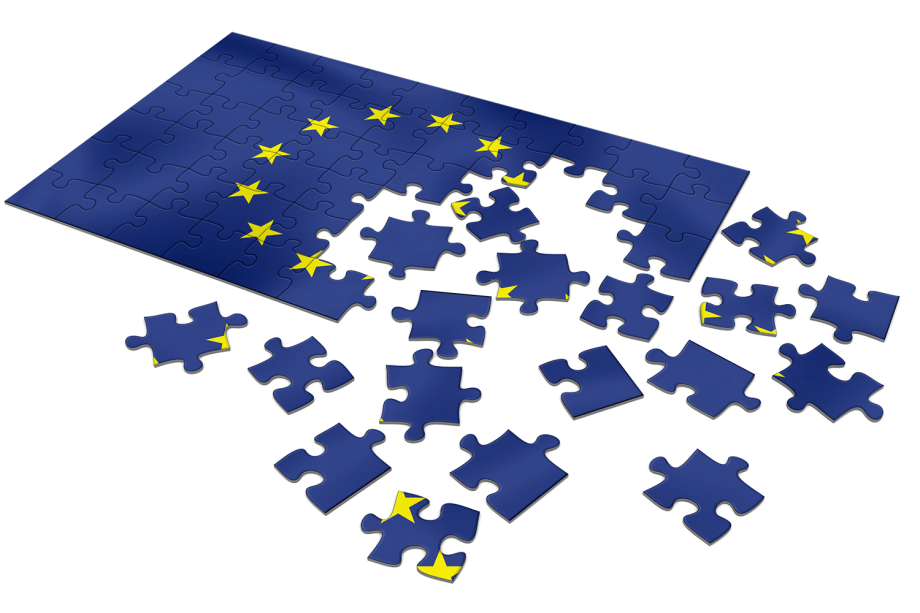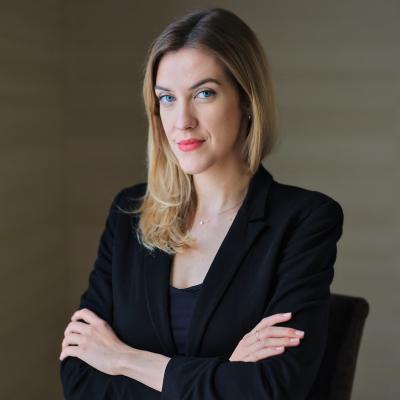EU’s New Call to Action Against Disinformation: a New Hope for the Whole-of-society Approach?

Earlier this month, the Commissioners Jourová and Borrell presented a Joint Communication on the EU’s action against COVID-related disinformation. It should be regarded as another important step in preparing the EU Member States for the long-awaited Digital Services Act and European Democracy Action Plan, documents that will shape how the EU will deal with transparency and accountability for harmful content, misinformation and disinformation online.
All in all, the Communication proposes 36 specific action points targeting all segments of the society aiming to represent a holistic approach to the challenge of tackling disinformation, going far beyond the current pandemic-influenced environment. Among other issues, it addresses a need for strategic communication, better cooperation within the EU as well as with other partners and third countries, greater transparency of social media platforms, as well as empowering researchers, fact-checkers, civil society and media.
While it shows the EU’s ability to name and recognise any deficiencies in a comprehensive manner, in order for the whole-of-society approach to work effectively, two elements should be added to the puzzle, as they constitute the very building blocks of every successful roadmap.
The key in both, understanding and tackling disinformation and misinformation, lies in a comprehensive situational awareness and impact assessment.
First, the document clearly and rightly distinguishes between misinformation, disinformation and foreign influence operations and proposes to deal differently with each. However, is there a clear indication of the extent and form in which the three have been used and interconnected in each Member State? In Latvia, for example, with a history of being part of the Soviet Union, the narratives and techniques used by Russia will be different from Spain. In countries where China has already invested in the media (Czech Republic) or strategic infrastructure (Hungary), the influence operations could be substantially different than in other states. While the best-practice sharing and regular exchange of information may work on the level of policymakers thanks to the mechanisms such as the Rapid Alert System, which the Communication pledges to strengthen, a robust database of influence practices and techniques should be created and made available for other relevant stakeholders.
Second, with so many malign campaigns and efforts targeting the Member States, was the degree of their harm ever measured? On the other hand, what were the most successful counter-initiatives and in what contexts did they work? Measuring public opinion via polling published in Eurobarometer should be complemented by robust qualitative research that would identify the impact of disinformation, and, subsequently counter-messaging on the audience in each country.
Once relevant stakeholders, i.e. public officials, researchers, civil society actors and the media, have a clearer idea of disinformation and influence patterns and the measures that worked, the response mechanism becomes much more precise and efficient.
One of the platforms for such research and exchange of know-how could be the newly established European Digital Media Observatory (EDMO) aimed to “support the creation of a cross-border and multidisciplinary community of independent fact-checkers and academic researchers, which will collaborate with relevant stakeholders to detect, analyse and expose potential disinformation threats” (p.9). By promising access to data and instruments that would allow the researchers to analyse online disinformation and its impact, it could finally turn into a comprehensive platform with a robust database of both, the influence tactics and techniques on one hand and the effectiveness of counter-measures on the other. That would, however, require a truly holistic approach embodied in close cooperation across dedicated EU bodies, national authorities and social media giants ready to share some information. The Communication outlines the willingness to work on all that, primarily within the framework of the upcoming Digital Services Act.
As the document admits, the cooperation and exchange of information between the stakeholders within the EU have been “modest in comparison with the needs” (p.6). A multi-stakeholder approach based on trust is the only path with a true potential of bearing the desired results and saving the information space from becoming completely disrupted. At GLOBSEC, we have long been advocating for stronger cooperation with social media companies and aiming to implement a similar whole-of-society approach in Slovakia by working with public officials and media to tackle these challenges. The Commission’s actions finally have the potential to elevate all the efforts onto a new level.

Director, Centre for Democracy & Resilience